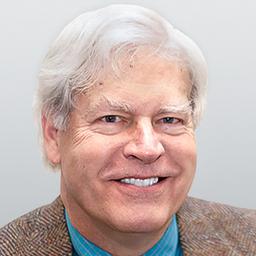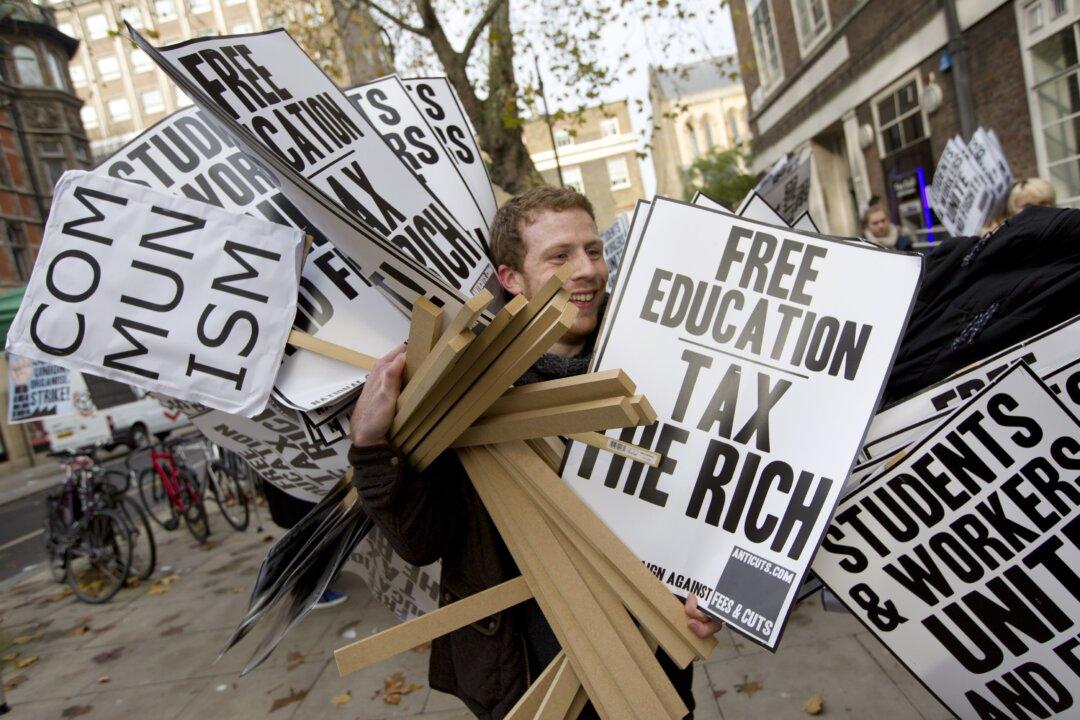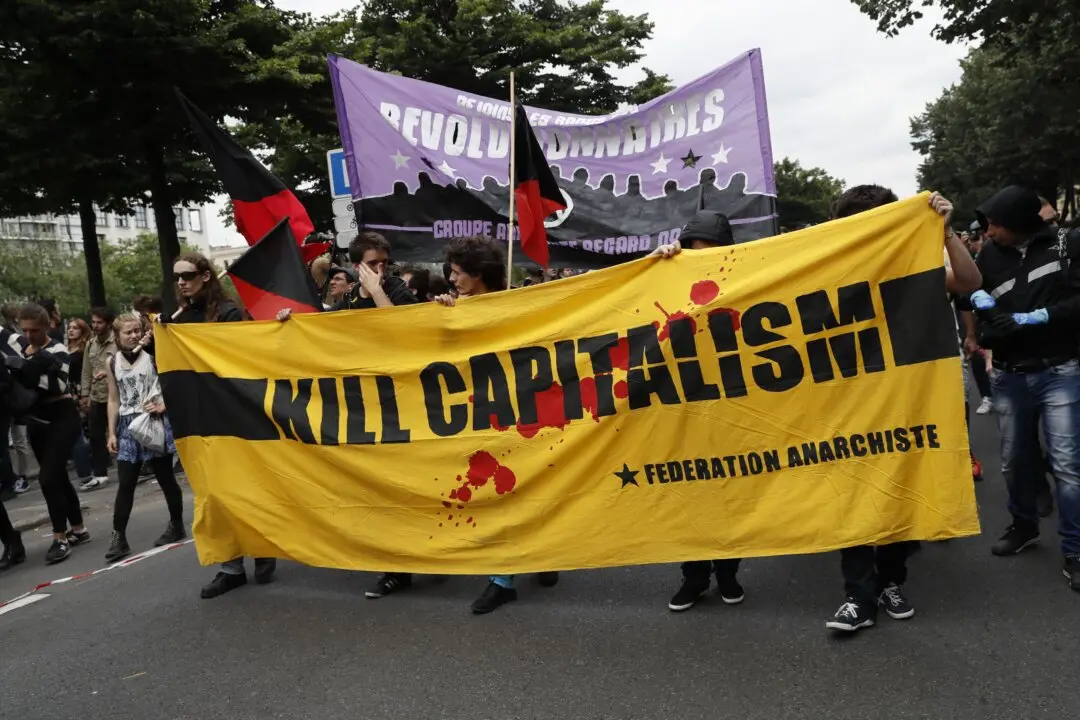Commentary
In September, the renowned RAND Corporation released a meticulously detailed, scrupulously objective study about income inequality in the United States: “Trends in Income From 1975 to 2018.” The authors of the study, Carter C. Price and Kathryn A. Edwards, adhered to the highest standards of scholarly integrity.





